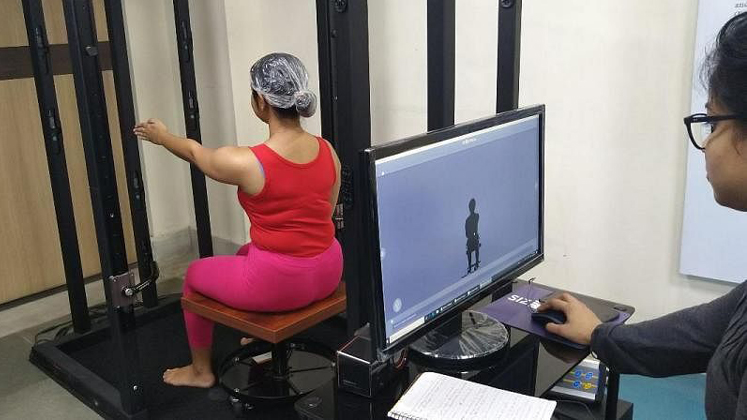To bring India’s standard size chart in the apparel sector, INDIAsize, a joint initiative of the Ministry of Textiles (MoT) and National Institute of Fashion Technology (NIFT), was officially launched in Delhi.
Though the project was announced in February 2019, it got delayed because of the pandemic.
NIFT is undertaking an extensive anthropometric research study to develop a comprehensive body size chart for the Indian population.
The new sizing chart will have a size identification number, which will be created by mapping, categorisation and defining of the body size and type. Currently, only about 18 countries in the world have their own sizing charts.
The Delhi leg of the survey is currently underway, and aims to reach about 5,700 participants.
UP Singh, Secretary, Textiles said, “The textile sector is the second largest employer in the country and generates about Rs. 140 billion, of which Rs. 100 billion is from Indian consumers alone. We only export for about Rs. 40 billion. The need for a standard sizing has been there for a while. Now with INDIAsize, we are conducting size surveys across six regions of India, namely Delhi, Chennai, Mumbai, Hyderabad, Shillong and Kolkata.” More than 25,000 people between the age group of 15 and 65 years will be measured.
Shantmanu, DG, NIFT said, “We are using about 100 anthropometric data points from each of the participants. The study, for us at NIFT, is also an exercise in scientific research. It will have participants from different age groups, income brackets and varied ethnicities. All this will help us to bring about a comprehensive and standardised size chart.”
To successfully gather anthropometric data from a sample population, NIFT is using a safe 3D whole body scanner technology. It is following all international protocols of national sizing survey, and the sizing can then be used by the apparel industry.
The move for an ‘India specific’ size chart is an echo of a global conversation doing the rounds of the fashion world. There has been a lot of criticism for labels of many international fast fashion brands, who use tags like small, large, medium and extra-large to denote a body type.
Initial findings from the survey will be made available in some months, and the whole exercise is scheduled to be completed by the end of 2022.
There are plans to get international clothing brands to subscribe and adhere to the new sizing chart.
Noopur Anand, Professor, NIFT and principal investigator of the project said, “It’s good business sense. A lot of money and energy is spent just returning ill-fitting and wrong-sized clothes. Brands like H&M have shown a positive interest in the move.”







